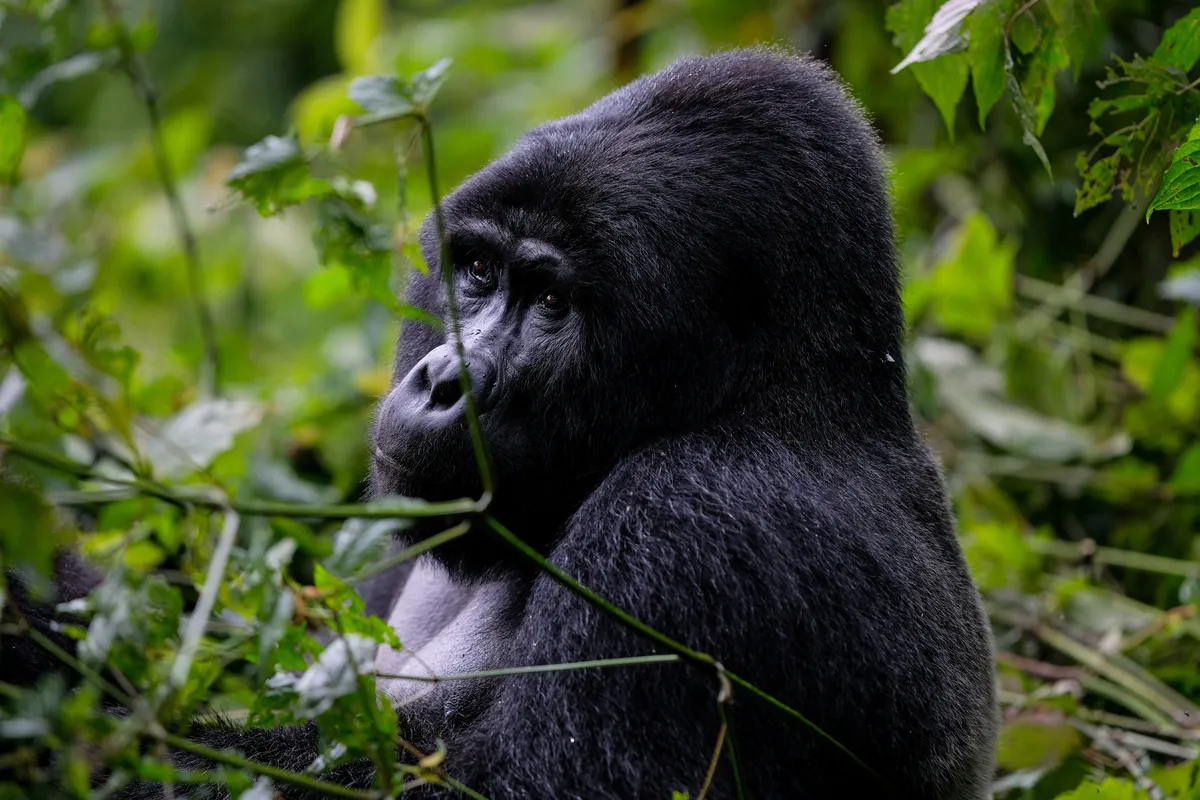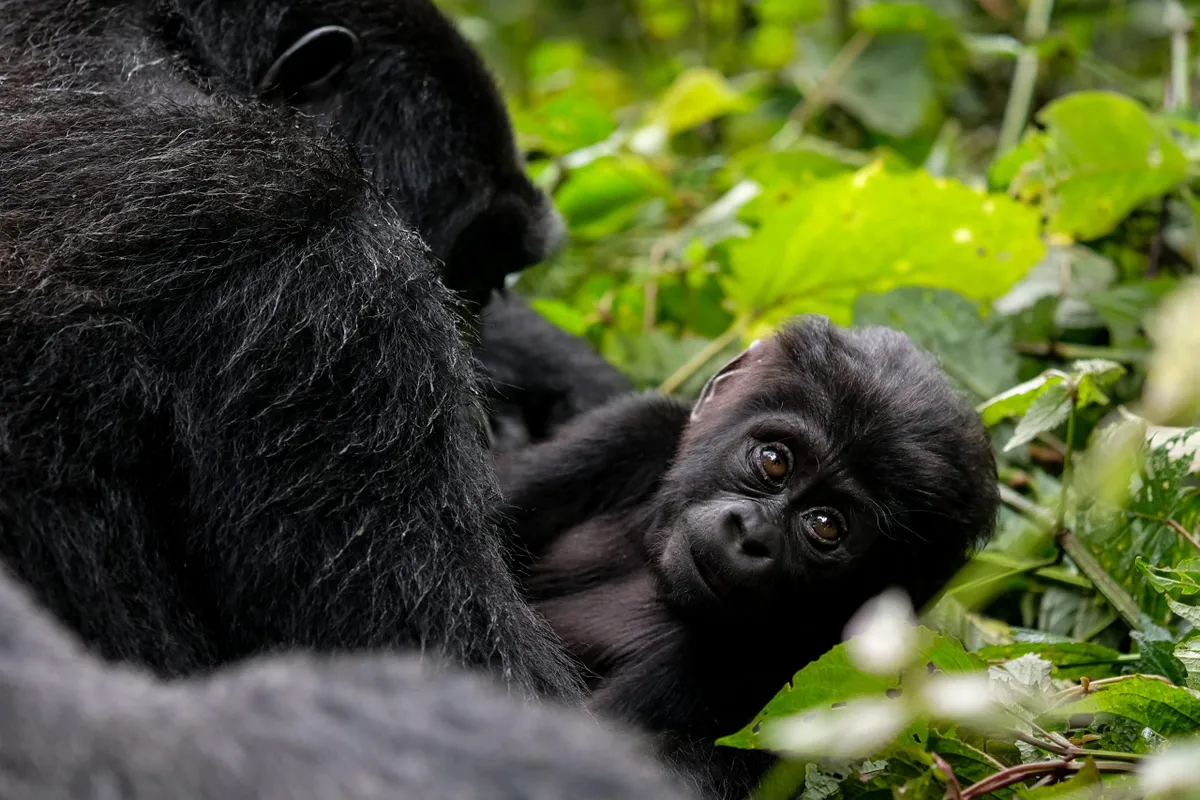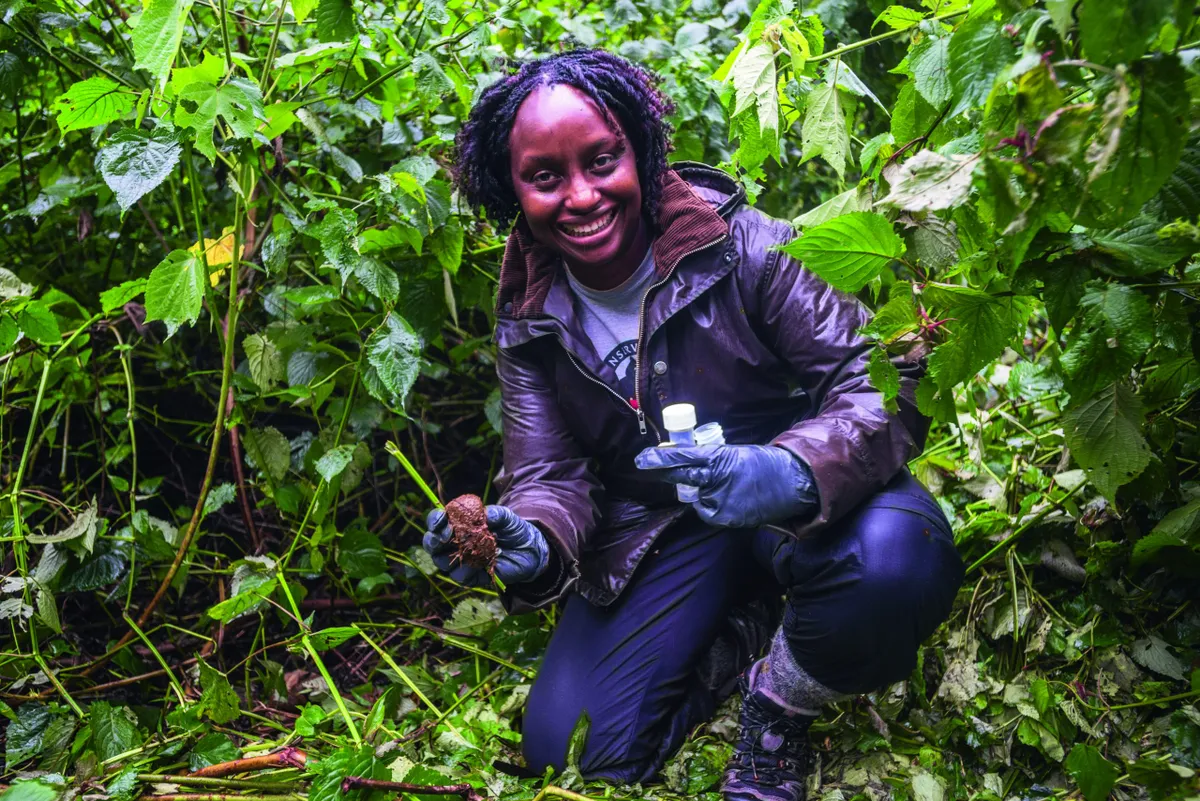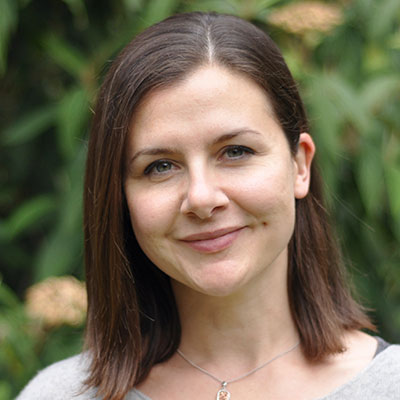“They’re a bit like gentle buddhas,” Dr Gladys Kalema-Zikusoka laughs, “not at all like King Kong!” She’s been working with mountain gorillas since 1994 and still remembers her first interaction, with a solitary male. “He was so accommodating, so peaceful… I felt we connected.”

Studying at the Royal Veterinary College in London at the time, it was after that placement with the gorilla population in Uganda’s Bwindi Impenetrable National Park that she sent her research report to the country’s director of national parks.
“I said: ‘I think you need to have a vet’”, and – aged 26 – Kalema-Zikusoka became the first wildlife vet of the Uganda Wildlife Authority.
Within months she diagnosed a scabies outbreak, which had killed an infant gorilla. The animals had been raiding crops of nearby communities and had been exposed to human pathogens.
In 2003, after a second outbreak, she established Conservation Through Public Health (CTPH), a non-profit organisation focused on the interdependence between gorillas and human health.

CTPH monitors gorilla health, but also delivers education on hygiene, family planning and wildlife to impoverished local communities. They’ve also provided income opportunities. For example, local villagers who once retaliated against the gorillas volunteer on the Human/Gorilla Conflict Team. “We call them HUGOs. They’re like gorilla guardians. They chase gorillas back when they come out of the park, in return for recognition, food and gumboots.”
Others who previously turned to poaching for money now grow coffee, which is bought for a premium price by Gorilla Conservation Coffee, a social enterprise of CTPH.
Their cross-sector approach has made fundraising more challenging, but attitudes are changing and CTPH’s website lists an impressive array of achievements. “We’re beginning to see that our model is working – people’s hygiene is changing, they’re more positive about wildlife and the gorillas are getting sick less often,” says Kalema-Zikusoka.
In 2006, she became an Ashoka Fellow for merging Uganda’s wildlife management with public health. More awards and fellowships have followed, and in 2019 she was a finalist in the Tusk Conservation Awards. So, what’s next?

“We want to see how we can strategically scale up the model to other countries.” Tourism done properly can save the gorillas, she tells me, but in countries where tourism is not viable, it’s essential that communities see other benefits from gorilla conservation. “As long as the communities feel that gorillas are part of their future, I feel optimistic,” says Kalema-Zikusoka.
Main image: Gladys Kalema Zikusoka. © Fortemus Films
